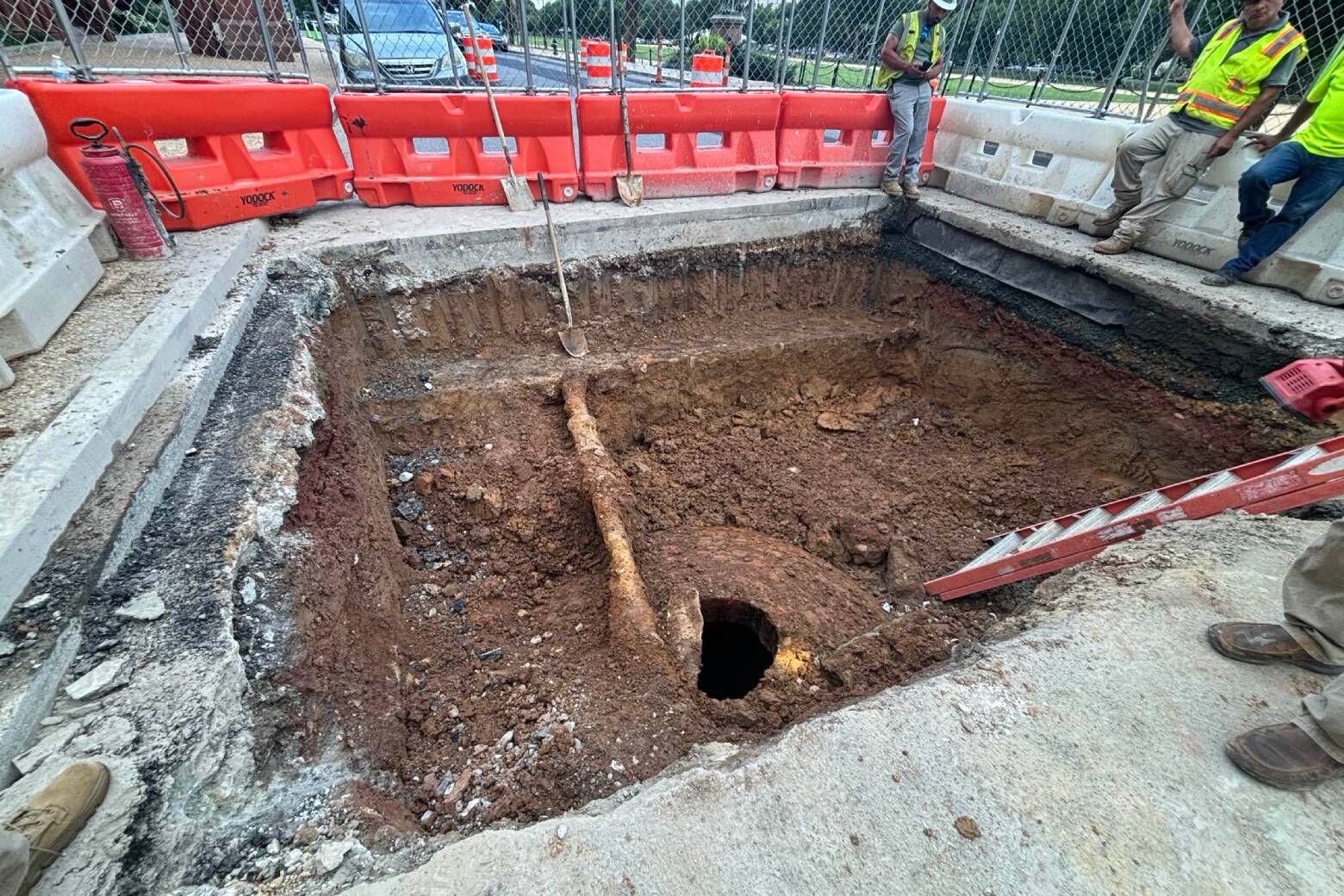
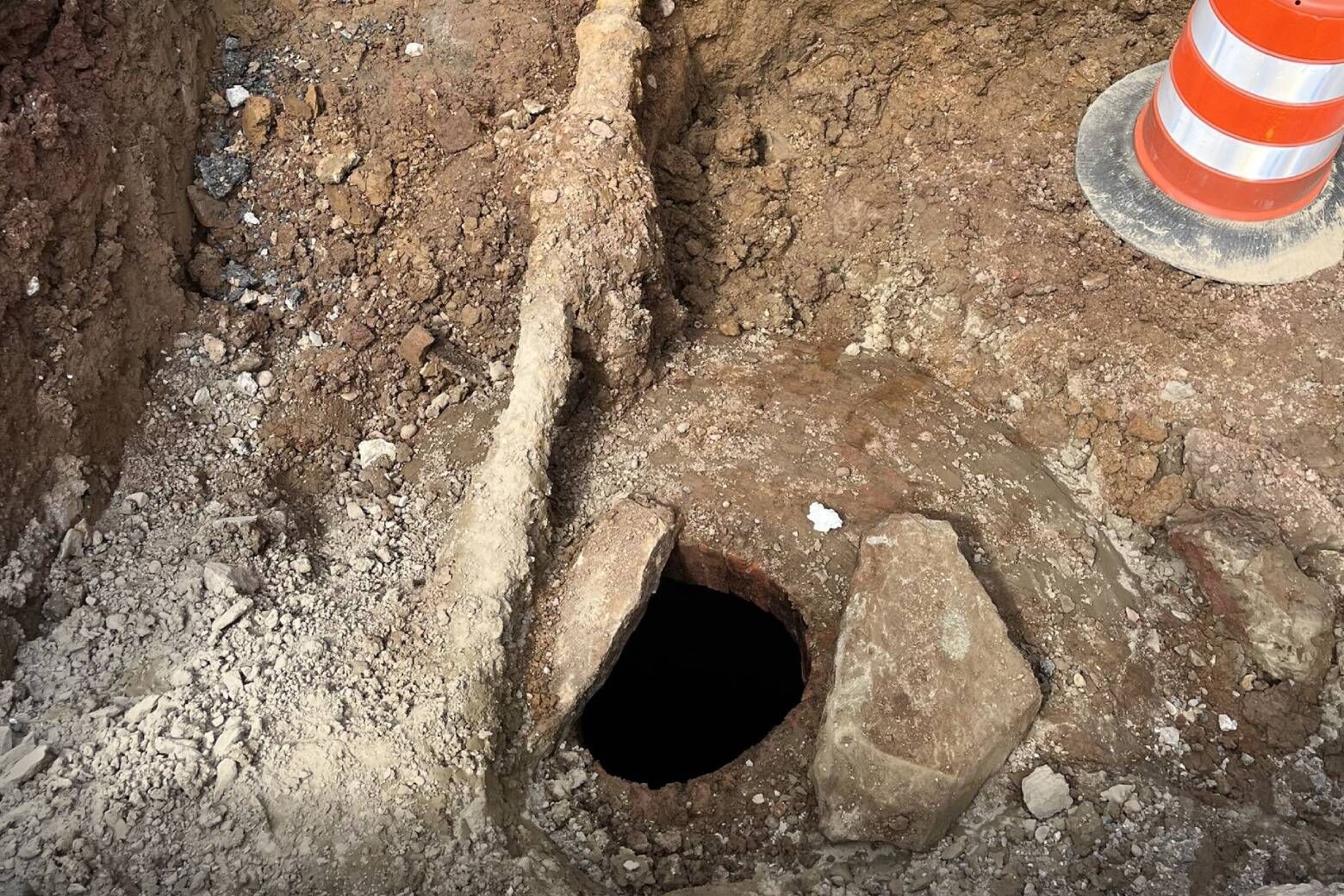
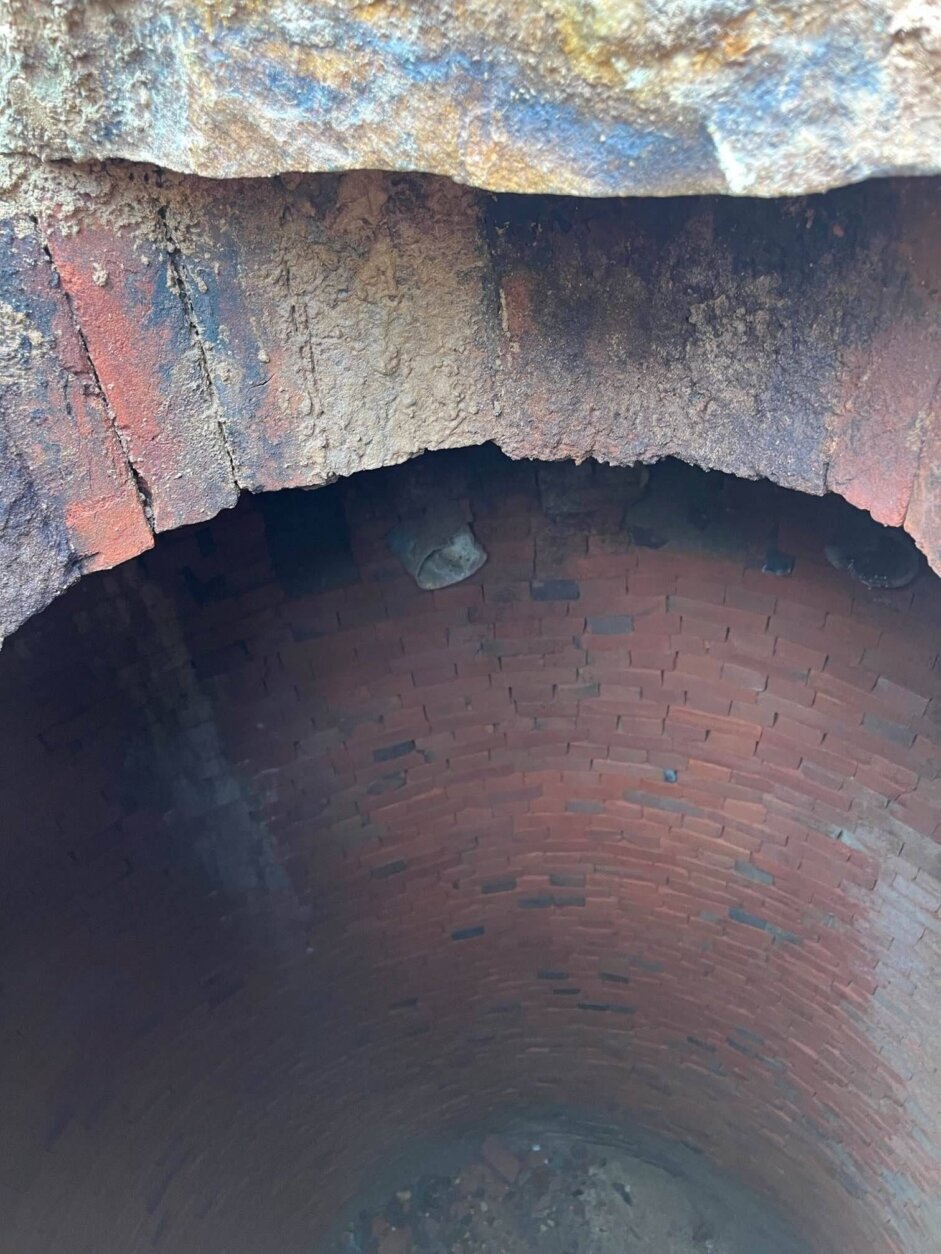
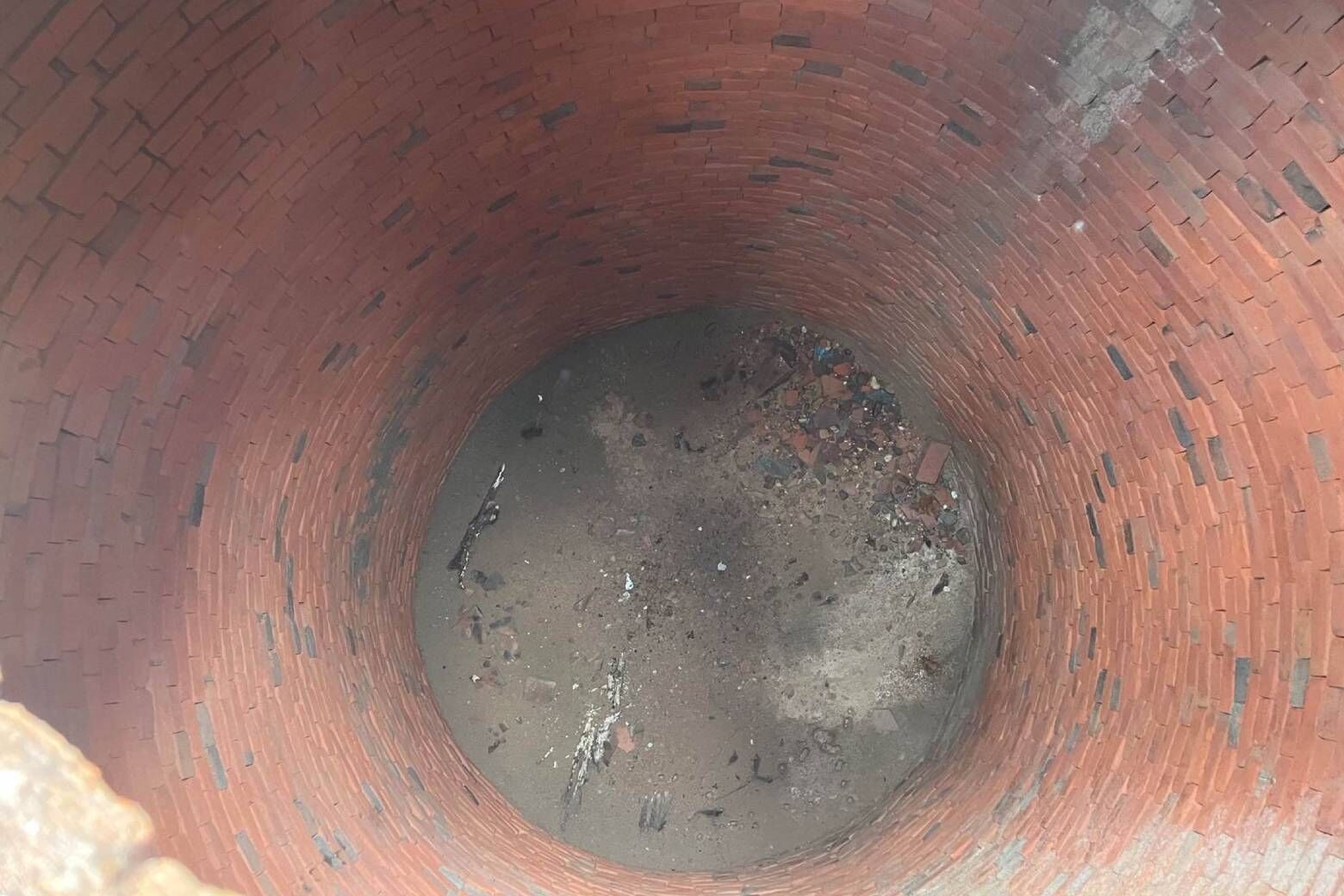
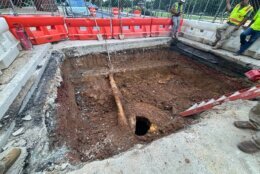
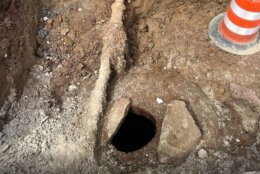
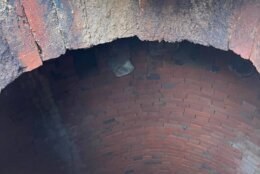
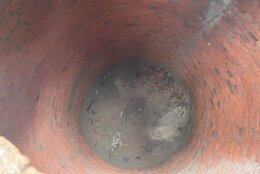
There is so much history along the National Mall in D.C. that you wouldn’t think to look underground for more of it.
But construction crews doing renovation work on the Smithsonian Castle along Jefferson Drive just uncovered an artifact, completely by accident.
It dates back to the 1800s.
“This was an unanticipated discovery,” said Carly Bond, the associate director for architectural history and historic preservation for the Smithsonian Institution.
There appeared to be a hole in the ground under the road on Jefferson Drive.
The hole went straight down about 30 feet, and upon further inspection, it looked more like a secret tunnel with brick walls.
“It had a small stone on the top,” Bond said. “Once we moved that piece of stone, we could see that it actually was a brick dome-shaped structure.”
Normally, the Smithsonian’s job is to tell people about history.
In this case, however, it literally dug more of it up.
“It’s pretty much one of the most interesting things you could hope to find under the ground,” said Bond. “It’s beautifully constructed, and it’s in excellent condition.”
According to Bond, the artifact is a “drainage cistern” built in 1847 that was once used to collect rainwater, which then supplied water to the Smithsonian Castle.
“The last time that this probably saw the light of day was 1857,” Bond said. “It’s pretty interesting stuff.”
The Smithsonian is in the process of taking photos and fully documenting the artifact, but the hole must be filled because it poses a danger being right on Jefferson Drive, which is a busy road between the Washington Monument and the U.S. Capitol Building.
“We will be preserving as much of the cistern as we can by filling it with some kind of reversible fill so that we don’t have that hazard in place underneath the road bed,” said Bond.
That means the uncovered piece of history will be covered once again, though it won’t be a secret any longer.
Get breaking news and daily headlines delivered to your email inbox by signing up here.
© 2024 WTOP. All Rights Reserved. This website is not intended for users located within the European Economic Area.








